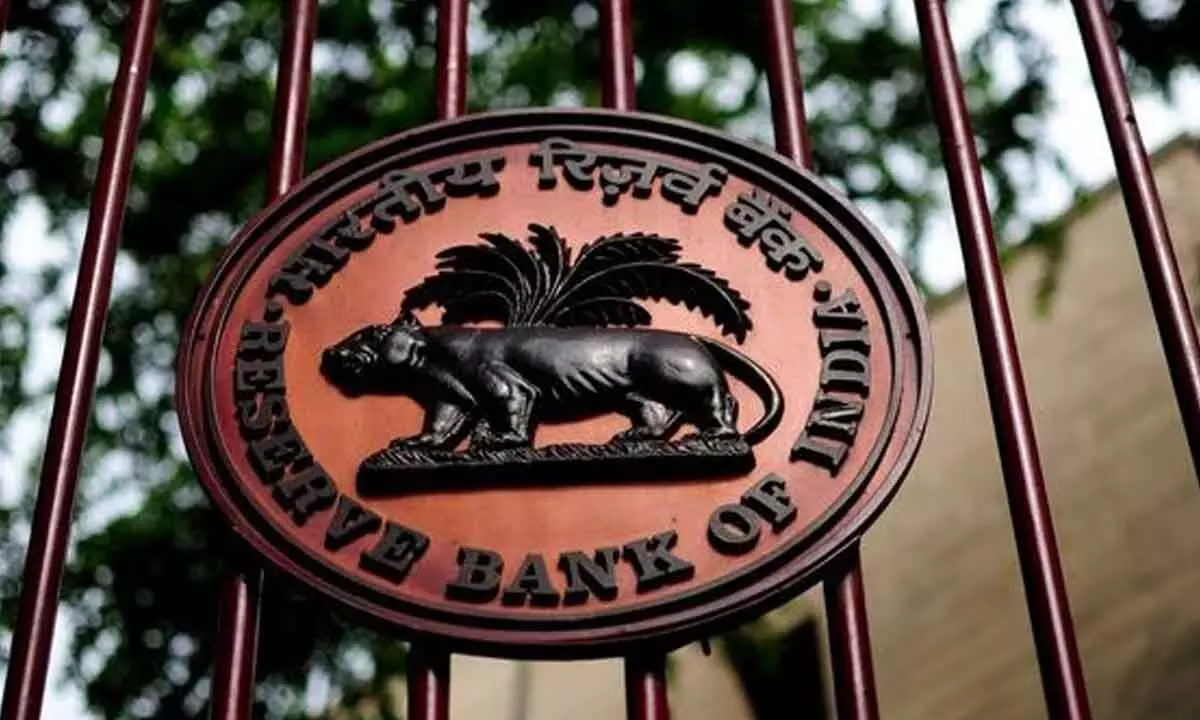RBI needs to contain southward-bound CPI inflation
image for illustrative purpose

The latest data suggests that led by sharp reversal in perishable food prices, CPI inflation has edged lower to 6.83 per cent for August. Core CPI for the second consecutive month is at below five per cent mark and stood at 4.86 per cent. Either way, it continues to be below the one-year average of 5.62 per cent. Given the spatial distribution of monsoon and its impact on kharif sowing and subsequently on cereals inflation, as also steep decline in LPG prices offsetting CPI by 25 bps, one can see a good case for retail inflation to slouch towards RBI’s tolerance zone. The worrisome fact, according to a Ecowrap study, was that 13 of 23 states have reported higher inflation than the national average. Interestingly, this asymmetry is always in existence when we look at headline inflation across states. The recent e-auction of rice and wheat under OMOs elicited good response and price discovery, augmenting GoI’s efforts to lower retail prices marred by aggravated El Nino events.
Though, the overall rainfall is 10 per cent below normal till now, the spatial distribution is quite even. Of the 36 states/UTs, 25 have received normal rains so far. The average absorption of liquidity reduced to Rs 79,600 crore on September 8 with government surplus cash balances at Rs 1.8 lakh crore and thus system liquidity surplus coming down to Rs 66,410 crore by that day. Accordingly, the RBI has decided to reduce the ICRR incrementally in a month, thereby freeing up capital for banks. While non-perishables are showing signs of persistence, overall food inflation is likely to reverse meaningfully in H2. The stickiness in core inflation will be sustained before easing by Q4 and core will undershoot headline inflation by 30-40 bps in FY24E. The current fiscal’s inflation at 5.2 per cent as per Emkay, with the RBI to keep rates on hold ahead, and not precede the Fed in any policy reversal in the current calendar year.
Experts are currently tracking September inflation at 5.86 per cent, with perishable food prices declining sharply. The month has seen onion prices rising significantly, albeit much less than the tomato price spike, and overall food inflation will be lower as the full impact of lower tomato prices is felt. There is a worrying trend in food inflation, with sustained inflation for non-perishables keeping overall inflation elevated even as transient price spikes for perishables fade. The impact of the Rs 200 per cylinder cut in LPG prices will likely reflect in the September CPI print, and may shave off 20-25bps from the headline rate. While the stickiness of core inflation in August was surprising, it will likely undershoot headline by 35-40 bps in the current fiscal. Easing core inflation and sharp mean reversion in food price trends in H2 will keep the RBI on hold, with a focus on the durable elements of inflation.

